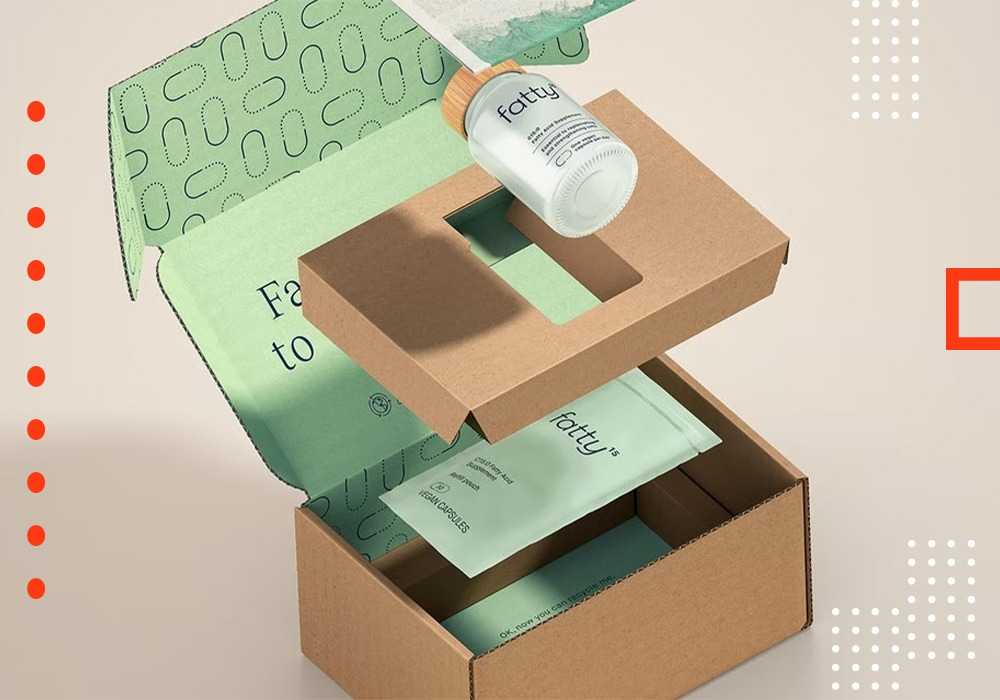Packaging can improve the sustainability of medical products in several ways. Sustainable packaging reduces the carbon footprint of a product and prevents the packaging from ending in a landfill. This can help reduce the need for sterilization. Many sustainable packaging options offer specific advantages for medical material, such as protection from light and biocompatibility to avoid tissue culture or leaching.
The medical industry is a critical diligence in the world. It should be controle with care and responsibility. This article will help you understand sustainable packaging and its importance for medical products.
Sustainable Packaging – The Growing Concern
In the world of medical packaging, sustainability is a growing concern. Many medical products are expensive and difficult to get. Additionally, as more people are diagnose with chronic illnesses, they require a constant supply of medication or treatment. Pharmaceutical companies and suppliers package their drugs in viable materials.
What is Sustainable Packaging
Sustainable packaging is a type of packaging that is made from renewable resources, such as paper and plastic. This form of packaging is better for the environment because it eliminates the need for additional materials and reduces the amount of waste sent to landfills. It can help protect, preserve and deliver the product without damaging the environment.
The Medical Industry and its Packaging Requirements
The medical industry is one of the most important industries in the world. The products produced by this industry greatly impact people’s health. With this in mind, it is no wonder that the medical industry has strict requirements when it comes to packaging.
Some basic requirements must be met to ensure that the right kind of packaging that is useful for medical products:
- It should be environmentally friendly, not pollute the environment or create toxic waste.
- It should be safe for humans and animals without causing any harm or side effects.
- It should be durable enough to withstand storage and transportation over long periods without breaking down into smaller pieces which could pose safety risks to consumers when they are used later on down the line (such as when they are injected into someone’s body).
Trending Sustainable Packaging Solutions for the Medical Industry
The medical industry is a major driver of the global economy. However, it also has a momentous influence on the surroundings. Packaging material can be hazardous to human health.
The trend of sustainable packaging has been gaining momentum in recent years as more companies recognize their responsibility to protect human health and the environment. The medical sector has been leading this charge by adopting new techniques and technologies to reduce their environmental footprint and improve patient safety.
Here are some examples of how companies are making sustainability a priority for their products:
Biodegradable Packaging

Biodegradable materials are made from renewable resources such as plants and other biological sources that can break down into compost or soil after use. This type of packaging is ideal for medical products because it allows them to be recycle naturally without harming humans or animals if they end up in landfills or oceans.
Recyclable Packaging

This packaging is made from materials that can be recycleable after use. They can be kept from being thrown away entirely but reused in another form (like plastic bottles). This helps reduce waste while allowing you to use fewer resources during production processes.
Purpose of Packaging
1. Improved Nutritional Life
When shopping for vitamins, you must know what you’re putting into your body. Many vitamins are packaged in materials that can leach chemicals into the product itself, making it difficult to know what’s going on inside your body. With sustainable packaging, you can be sure that your food and vitamins are safe and healthy for you.
2. Reduced BPA/BPS Exposure
Bisphenol A (BPA) and Bisphenol S (BPS) are chemical compounds in some plastics linked to cancer and other diseases. Many consumers are switching to glass bottles or metal containers to avoid these harmful chemicals. With sustainable packaging, there’s no need to worry about exposure to these dangerous compounds because they’re not useful in any part of the packaging process!
3. Consumer Convenience
When it comes down to it, most people want easy things. Sustainable packaging comes with all kinds of benefits—it reduces waste, improves nutritional life, and even helps protect against harmful chemicals—but when it comes down to it, most people want something easy! The proper packaging lets consumer use your product and keep it fresh.
4. Better Brand Recognition
In today’s competitive market, companies must provide quality products at affordable prices. To stay forward of your opponents, consider using sustainable packaging for your medical products. It will help increase your brand awareness among customers and make them trust your company more than others.
5. Environmental Benefits
From an ecological perspective, using eco-friendly packaging is a better option than using traditional plastic or cardboard boxes because these materials don’t release harmful chemicals into the environment when they get disposed of after use (they break down naturally). This reduces pollution significantly and helps our ecosystem remain clean!
6. Performance Benefits
Sustainable packaging can offer performance benefits as well as environmental ones. For example, some eco-friendly materials are more durable than traditional materials used in standard packaging products; this means they last longer and can withstand more abuse without breaking down or falling apart (which helps reduce waste).
7. Cost Benefits
Sustainable packaging requires less energy, so it’s often cheaper than traditional packaging options because manufacturers don’t need as much raw material to make them (they’re lighter in weight).
End Point
The need for Sustainable packaging of Medical Products is essential. The use of sustainable packaging for medical products is not only helpful for the environment but also helps in reducing manual handling injuries and damage to the products. Moreover, the entire packaging should be able to sustain any damage (physical and chemical). If not, this might cause a severe health hazard. This is why a product’s packaging plays a very significant role in determining its quality. The most sophisticated technology and advanced methods are used for developing their packaging material according to the requirements.
















The medical industry is a critical diligence in the world —– you’re right.
If you’re selling food products, you know it’s important to ensure that the packaging is eye-catching and interesting enough to capture your customer’s attention —- important point.